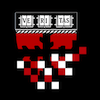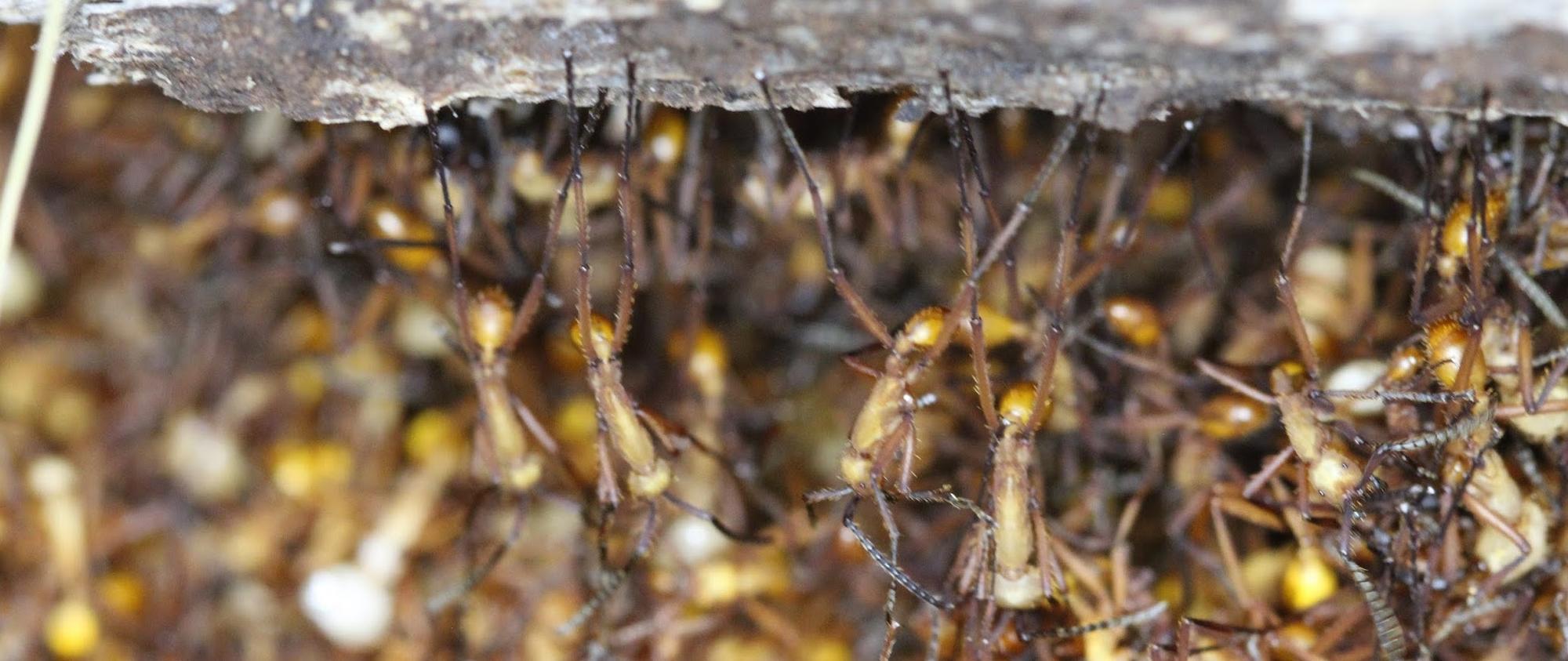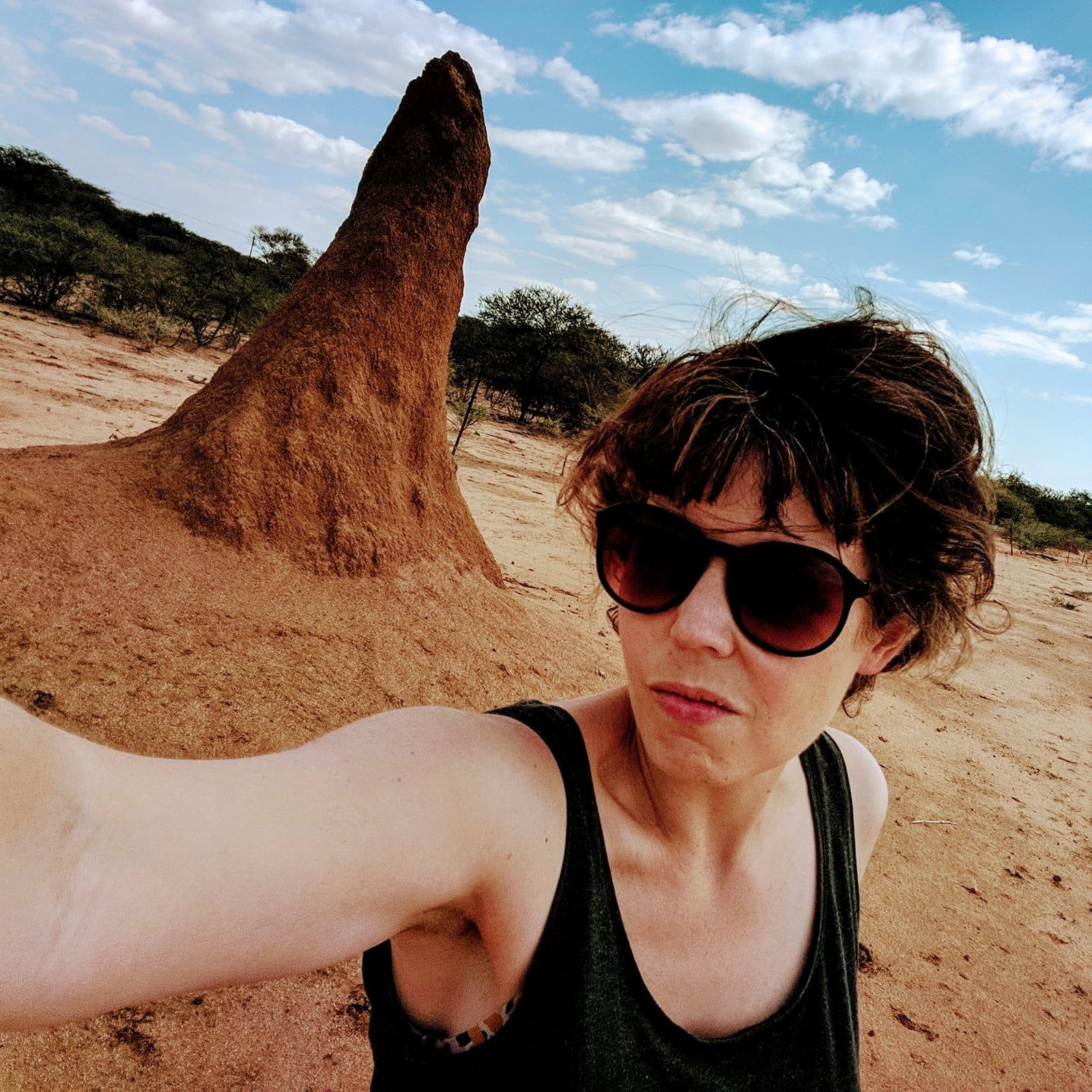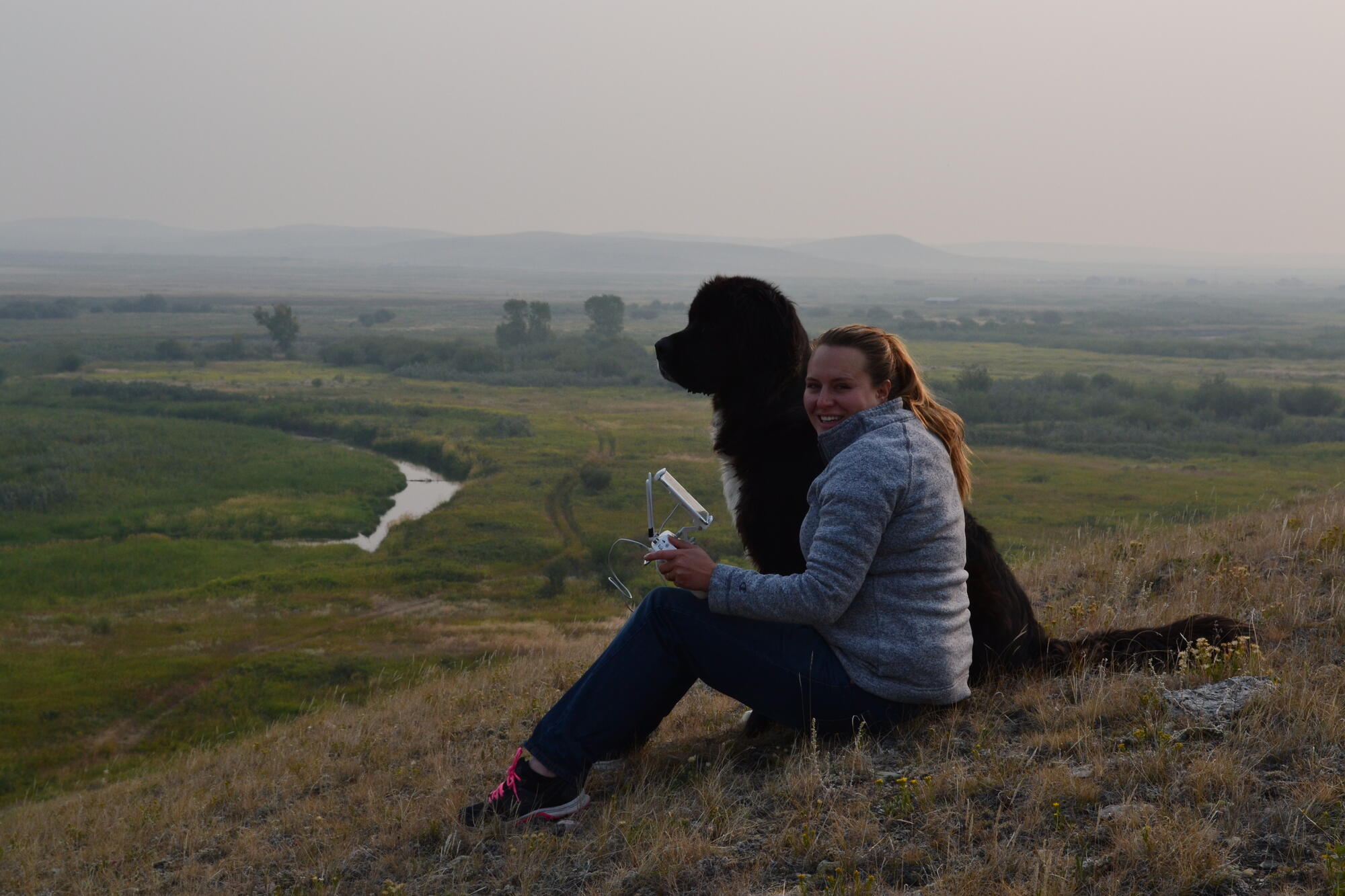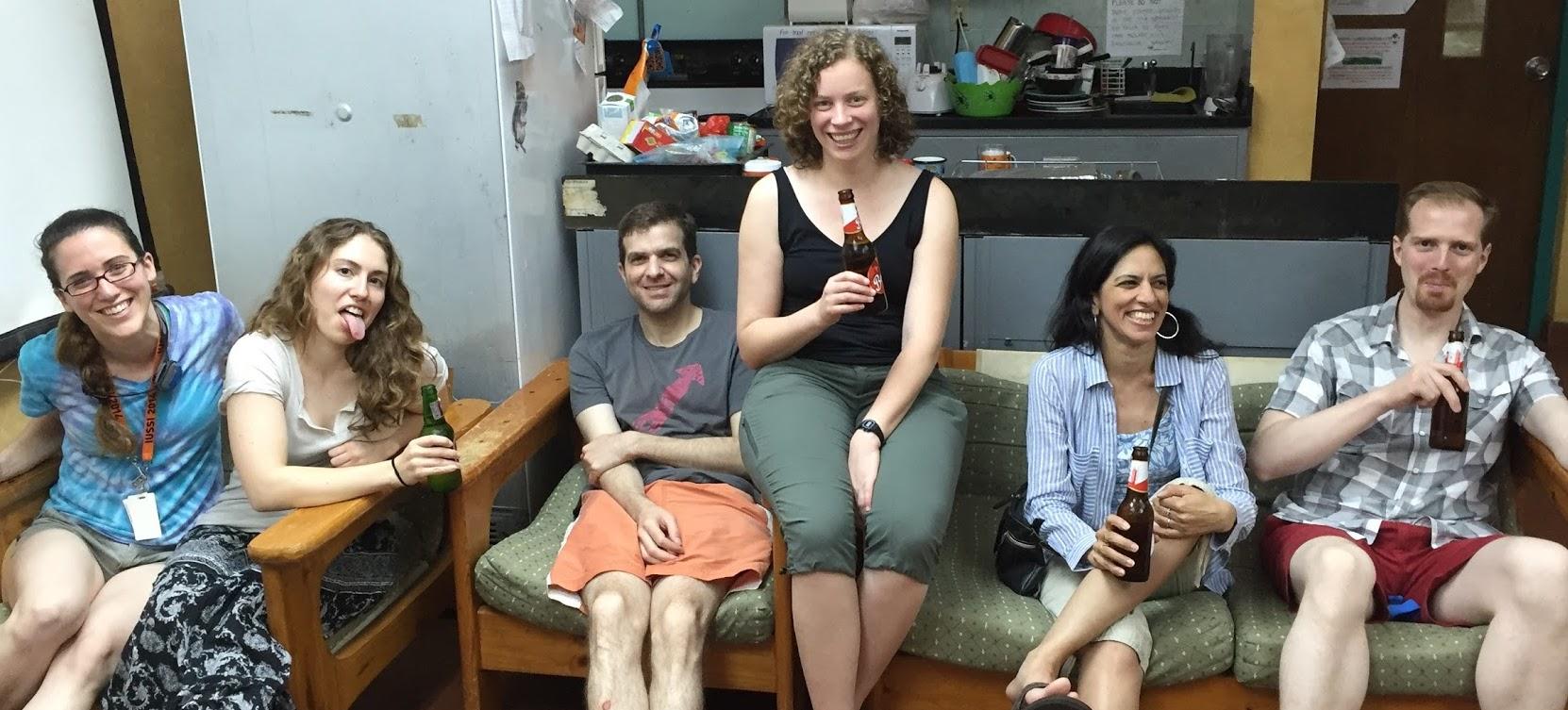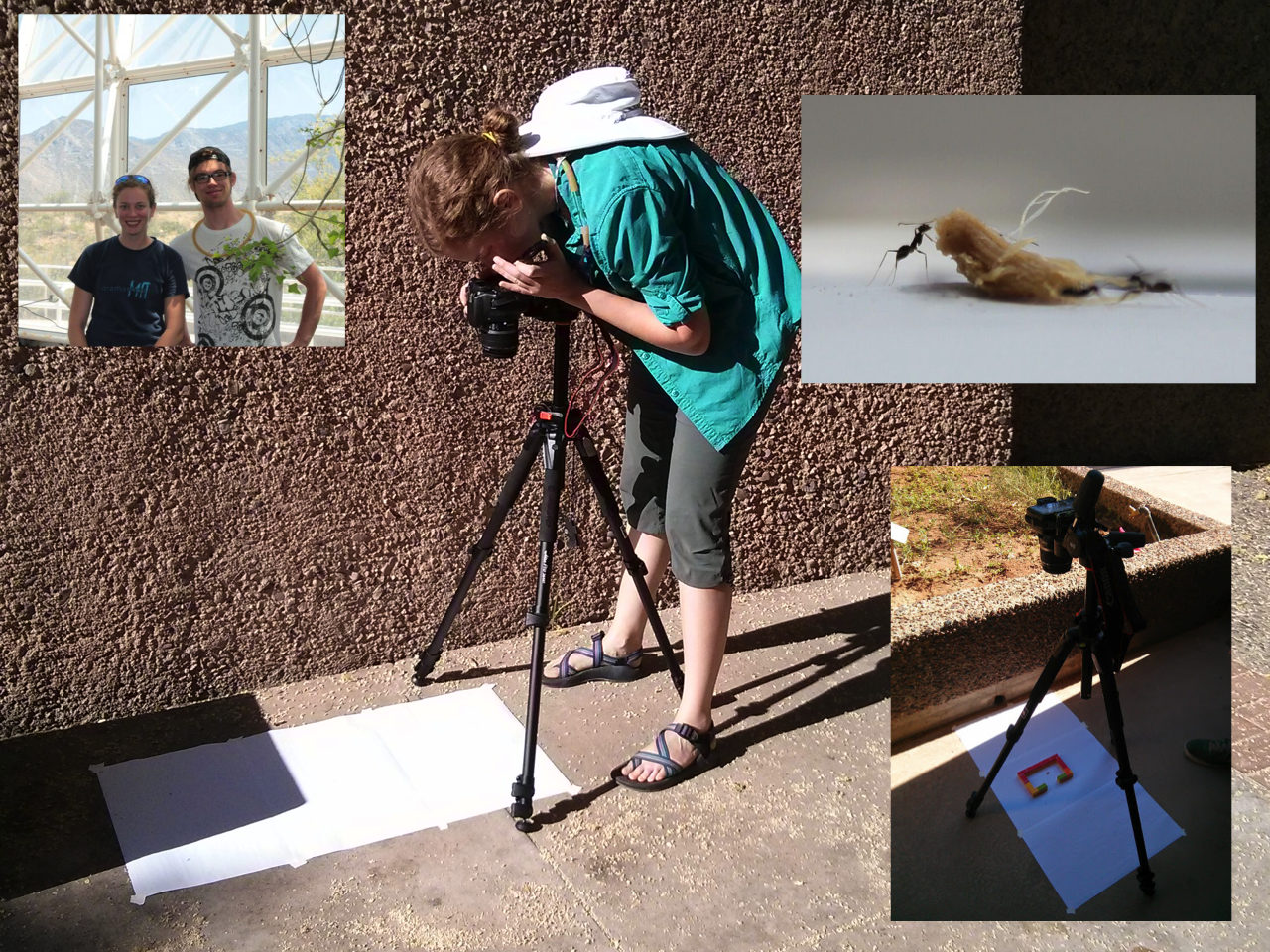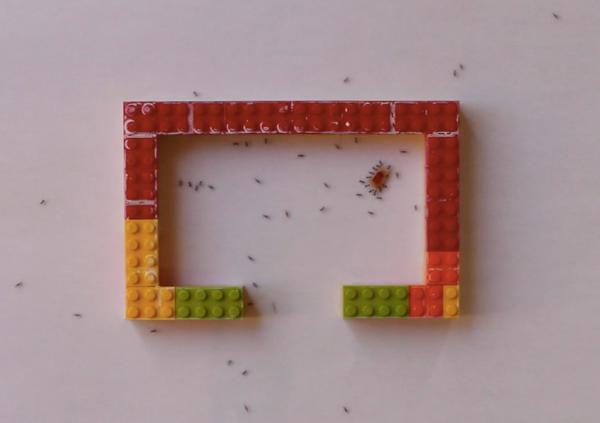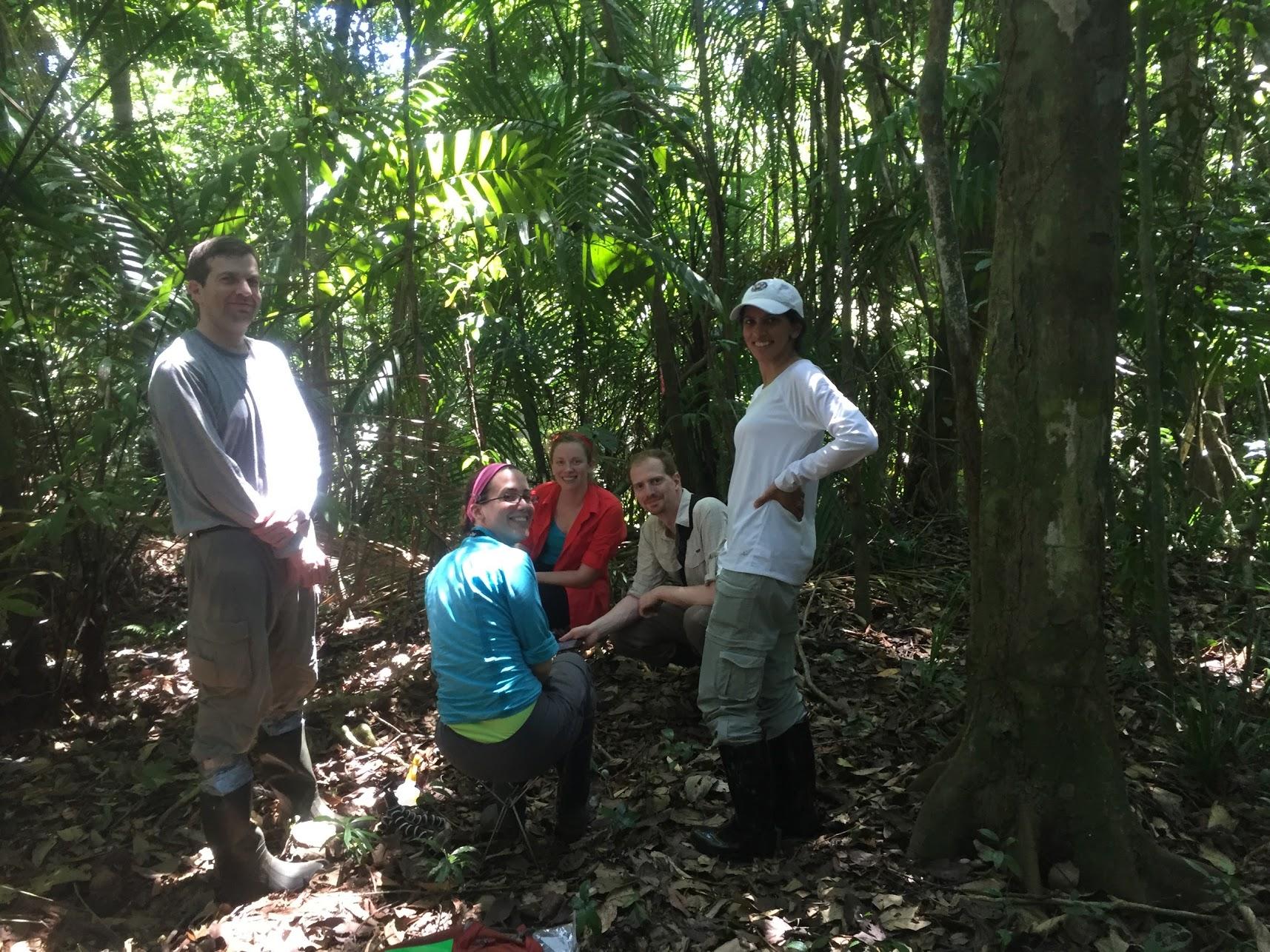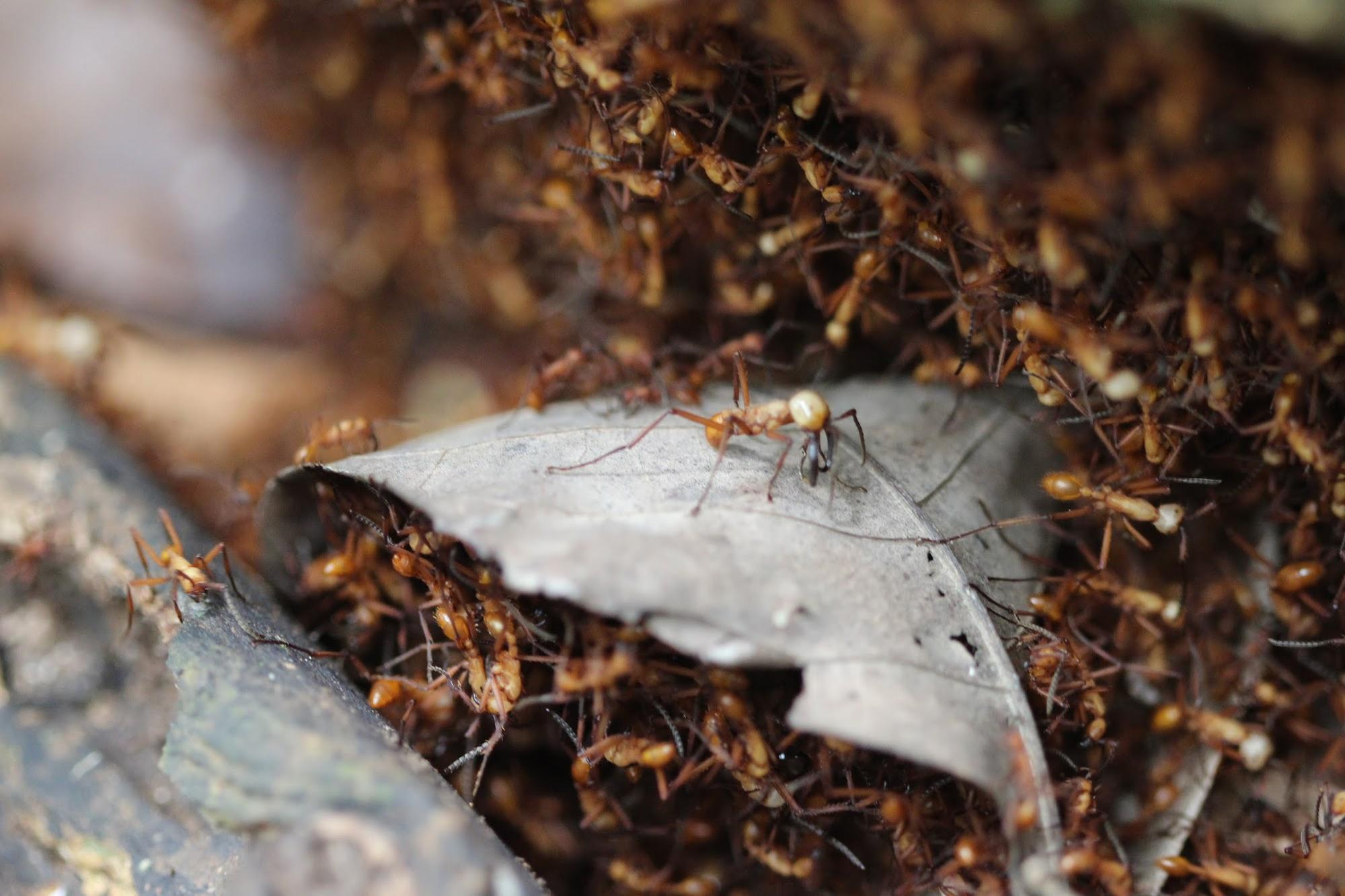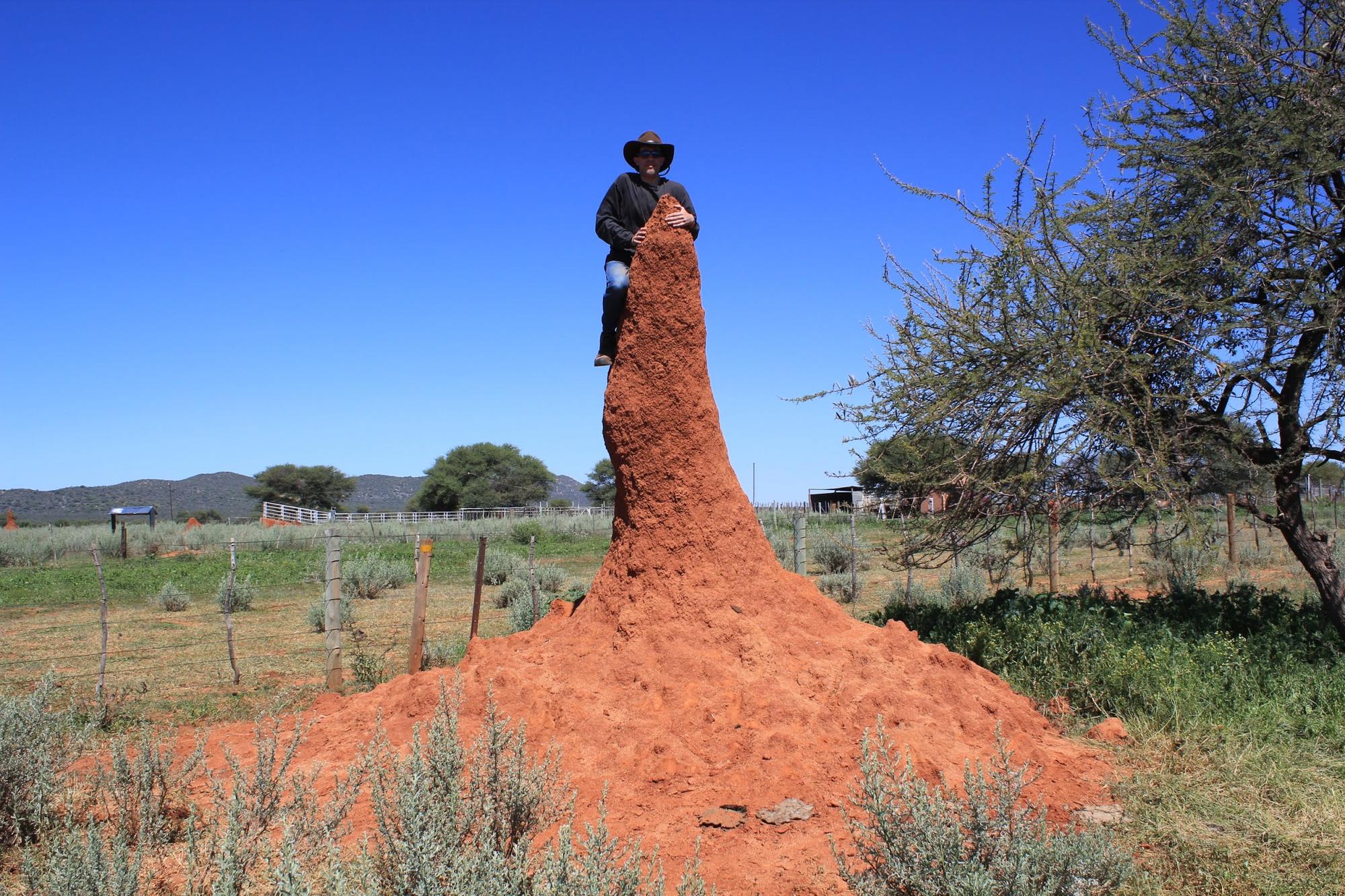Social insects are a prime example of how effective collective intelligence can be. Insect colonies dramatically exploit distributed coordination to achieve complex tasks from individuals that are small, limited, and expendable. For example, large colonies of ants efficiently forage kilometer-sized areas and transport objects 50 times their combined weight, centimeter-scale termites cooperate to construct mound architectures many meters high in order to regulate their environment, and army ants self-assemble to form bridges and even nests out of their own bodies. At larger scales, fish schools and bird flocks achieve complex dynamic group behavior. These examples of collective intelligence and self-organization are fascinating to scientists and engineers alike, as much of the global complexity arises from interactions among individuals that are many magnitudes smaller that the phenomenon itself. These examples also represent the possibility of creating highly scalable and robust systems. Yet many aspects of how this distributed coordination works, and why it is so successful, remain elusive.
Our group is exploring questions in collective intelligence of social animals, by working closely with experimental biologists and bringing to the investigation the tools from computer science and AI. Our goal is to develop new models that help us understand decentralized cooperation: how it works in biology and how to engineer similar robotic systems. We have several ongoing projects:
- New! Self-Assembly in Army Ants: We conducted a field study at the Smithsonian Tropical Institute in Panama to understand and model how army ants create, repair, and adapt bridges to get over complex terrain. This is a joint project with Prof. Simon Garnier (NJIT) and led by Dr Helen McCreery.
- New! Biomimetic Fish-like Swimming and Schools: Together with George Lauder's lab, we are using our underwater robots (finbot) to better understand the energetics of fish-like swimming and schooling. This project is led by Florian Berlinger.
- New! Dam Networks by Beavers: Beavers collectively construct complex networks of dams that change river topology and ecology. Using drone flights and 3D reconstructions of dam network formation, as well as in-lab "jamming" experiments, we aim to understand the environment and physics feedback loops involved. This project is led by Jordan Kennedy, in collaboration with Prof. Mahadevan and the Blackfeet Nation.
Some Previous Projects
- Collective Construction in Mound-building Termites: We are using tracking (2D and depth) to develop a data-driven model of how termites build and what environmental cues they respond to. Our field research is conducted in Namibia, and has been ongoing for many years. This is a joint project with Dr. Justin Werfel (Wyss) Prof. Jeffery Scott Turner (SUNY), funded by an NIH-R01 grant and the Wyss Institute.
- Collective Transport by Ants: A striking collective behavior is the ability of groups of ants to effectively transport large heavy objects, in spite of the widely varying shape and size of the objects and the complex environment through which they move. With Dr Helen McCreery (Michigan State) we are looking at how ants coordinate to navigate complex obstacles, and to understand minimal strategies for transport. We also study ant-inspired transport algorithms for robot collectives (see Kilobot page).
- Task Allocation Theory: Together with Prof Anna Dornhaus (ASU, Biologist) and Prof. Nancy Lynch (MIT CS), we are looking at theoretical models that can define the space and efficiency of distributed division of labor algorithms and provide a basis for thinking about the evolution of different strategies depending on colony size and environment demands.
PEOPLE: Dr. Helen McCreery (current), Jordan Kennedy (current), Florian Berlinger (current), Dr. Daniel Colovi, Dr. Nicole Carey, Ben Green, Kirstin Petersen and our collaborating labs listed above.
VIDEOS: SSR Youtube channel (Crazy ants transport, Namibian termites, Panama army ants)
